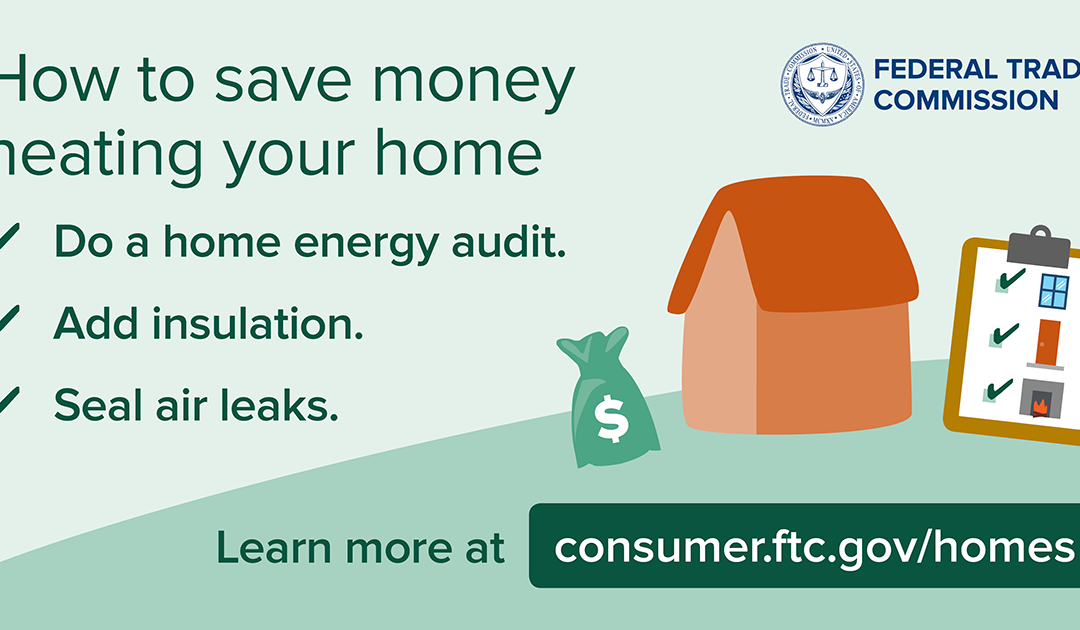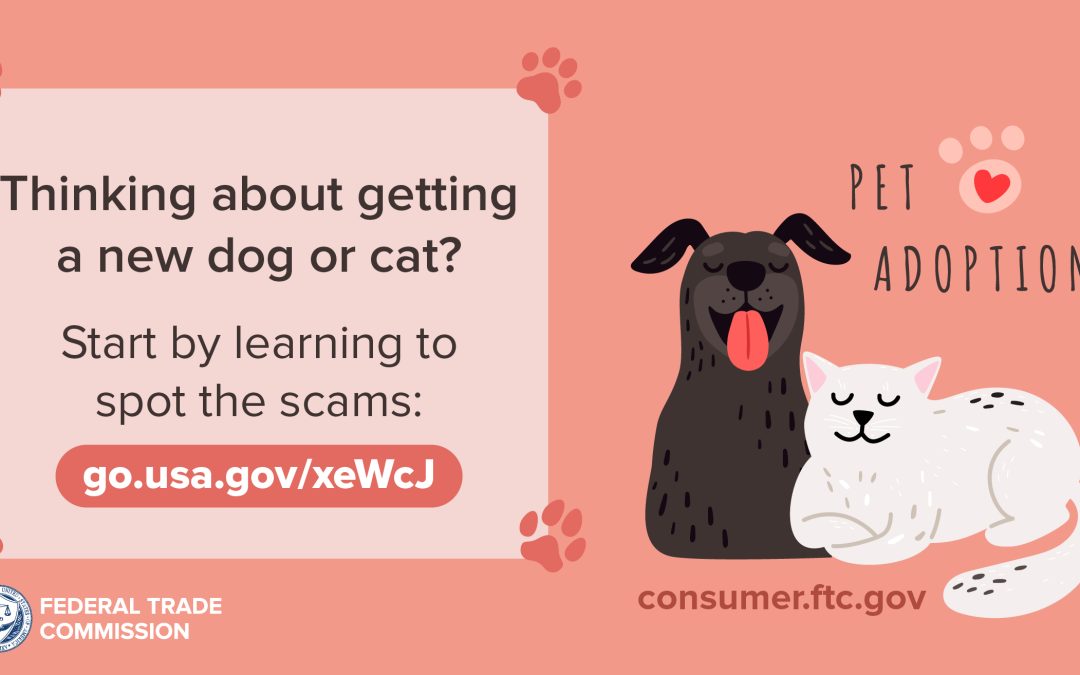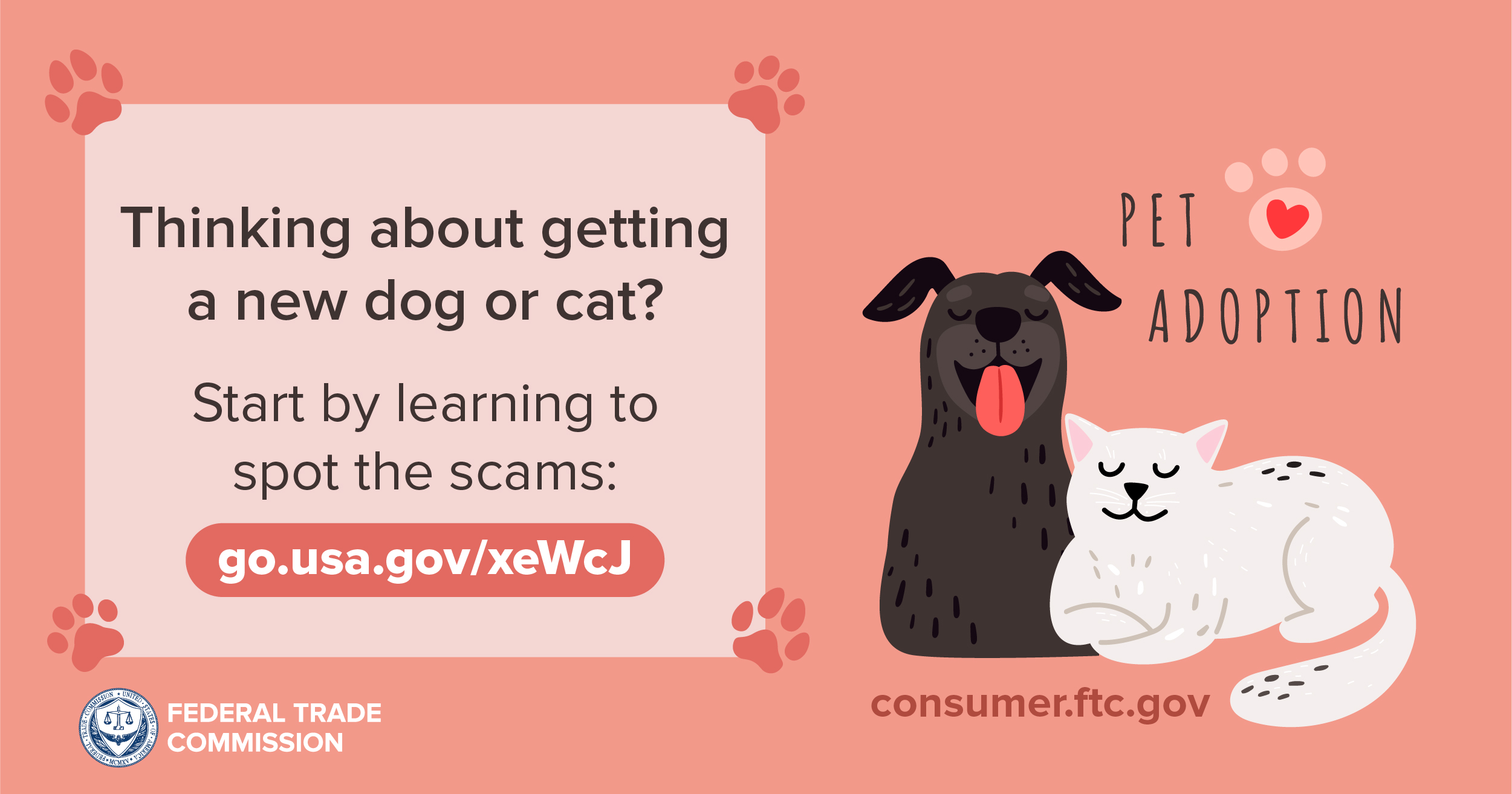
by Scott Muniz | Nov 12, 2021 | Security
This article was originally posted by the FTC. See the original article here.
The days are getting cooler — in fact, some parts of the U.S. have already seen snow. Experts report it’s going to be an expensive winter to heat your home, but there are things you can do now to cut your energy costs. 
- Do a home energy audit. It’ll tell you how efficient your heating system is and where your home is wasting energy. Your utility company may offer free or low-cost energy assessments, or refer you someone who does. You also can check with your state or local government energy or weatherization office for recommendations, or visit energysavers.gov for more resources.
- Seal air leaks around windows, doors, and places where pipes and wires come through walls. Check existing caulking and weatherstripping for gaps or cracks.
- Check ducts for holes and gaps where sections have separated and air may be leaking. You can seal some leaks yourself with mastic sealant or metal tape (don’t use duct tape).
- Bring your insulation up to DOE-recommended levels where your energy assessment shows it’s needed.
- Lower your thermostat before you go to bed or head out for the day, or get a programmable thermostat to do it automatically.
- Check filters to see if they need to be cleaned or replaced.
- Consider a budget-billing program. While you won’t pay less, your costs will be spread evenly over the year, protecting your budget from seasonal spikes. If you’re on a fixed income or have trouble paying your utility bills, contact your utility company. There may be energy assistance plans.
- Comparison shop. If you use heating oil, shop around to make sure you’re getting a good price. If you live where you can choose your natural gas provider, comparison shop for gas prices.
Learn more at consumer.ftc.gov/homes
Brought to you by Dr. Ware, Microsoft Office 365 Silver Partner, Charleston SC.

by Scott Muniz | Nov 12, 2021 | Security
This article was originally posted by the FTC. See the original article here.
 This has been National Adoption Week for pets, and by now, thousands of dogs and cats might have new homes in the hearts of many thousands of people. But as the holidays approach, scammers know that families are hearing about their kids’ NEED for a dog or cat. And scammers are ready to take advantage by offering up that perfect pet — for a fee. You’ll find ads offering litters of puppies, especially, on websites and listservs online. But once you pay, your supposed pet and the “breeder” will vanish, along with your cash. Here are ways to spot those puppy and pet scammers and stop them in their tracks.
This has been National Adoption Week for pets, and by now, thousands of dogs and cats might have new homes in the hearts of many thousands of people. But as the holidays approach, scammers know that families are hearing about their kids’ NEED for a dog or cat. And scammers are ready to take advantage by offering up that perfect pet — for a fee. You’ll find ads offering litters of puppies, especially, on websites and listservs online. But once you pay, your supposed pet and the “breeder” will vanish, along with your cash. Here are ways to spot those puppy and pet scammers and stop them in their tracks.
- Start with a local rescue or animal shelter. A quick online search will point you to them, where you’ll be able to adopt for a small fee. There are even rescues for specific breeds, so check them out, too.
- Check out the rescue, shelter, or breeder. Search online for their name, plus words like “complaint” or “scam.” See what others have to say about them.
- Check out the photos. Are the pics of the available cute puppies and kitties just stock pictures? Or are they copies taken from somewhere else? Do a reverse image search to see. If they’re either, move on.
- Have an in-person or video visit. Legit rescues, shelters, and breeders alike want to make sure you and your new pet are a good match. They’ll encourage an in-person or video meeting. If they don’t want you to visit, video chat, or even talk by phone, move on to someone else.
- Watch how you’re asked to pay. Nobody legit will ever require you to pay by gift card, wire transfer service like MoneyGram or Western Union, or cryptocurrency. And paying by cash transfer services, like Venmo, makes it hard to get your money back. So stick with a credit card, if you have one, for the most protections if something goes wrong.
If you spot one of these scams, tell the FTC at ReportFraud.ftc.gov. All the cats and dogs of the FTC wish you well in adding a new family member to your home.
Brought to you by Dr. Ware, Microsoft Office 365 Silver Partner, Charleston SC.
by Scott Muniz | Nov 12, 2021 | Security, Technology
This article is contributed. See the original author and article here.
VMware has released a security update to address a vulnerability in Tanzu Application Service for VMs. A remote attacker could exploit this vulnerability to cause a denial-of-service condition.
CISA encourages users and administrators to review VMware Security Advisory VMSA-2021-0026 and apply the necessary update.
by Scott Muniz | Nov 12, 2021 | Security, Technology
This article is contributed. See the original author and article here.
CISA has released an Industrial Control Systems Advisory (ICSA) related to a public report detailing vulnerabilities found in multiple open-source and proprietary Object Management Group (OMG) Data-Distribution Service (DDS) implementations. Successful exploitation of these vulnerabilities could result in denial-of-service or buffer-overflow conditions, which may lead to remote code execution or information exposure.
CISA encourages users and administrators to review ICSA-21-315-02: Multiple Data Distribution Service (DDS) Implementations and apply the necessary updates as quickly as possible.
by Scott Muniz | Nov 12, 2021 | Security, Technology
This article is contributed. See the original author and article here.
Palo Alto Networks has released security updates to address a vulnerability affecting PAN-OS firewall configurations with GlobalProtect portal and gateway interfaces. These updates address a vulnerability that only affects old versions of PAN-OS (8.1.16 and earlier). An unauthenticated attacker with network access could exploit this vulnerability to take control of an affected system.
CISA encourages users and administrators to review Palo Alto Security Advisory for CVE-2021-3064 and apply the necessary updates or workarounds.




 This has been National Adoption Week for pets, and by now, thousands of dogs and cats might have new homes in the hearts of many thousands of people. But as the holidays approach, scammers know that families are hearing about their kids’ NEED for a dog or cat. And scammers are ready to take advantage by offering up that perfect pet — for a fee. You’ll find ads offering litters of puppies, especially, on websites and listservs online. But once you pay, your supposed pet and the “breeder” will vanish, along with your cash. Here are ways to spot those puppy and pet scammers and stop them in their tracks.
This has been National Adoption Week for pets, and by now, thousands of dogs and cats might have new homes in the hearts of many thousands of people. But as the holidays approach, scammers know that families are hearing about their kids’ NEED for a dog or cat. And scammers are ready to take advantage by offering up that perfect pet — for a fee. You’ll find ads offering litters of puppies, especially, on websites and listservs online. But once you pay, your supposed pet and the “breeder” will vanish, along with your cash. Here are ways to spot those puppy and pet scammers and stop them in their tracks.
Recent Comments